AARP Hearing Center

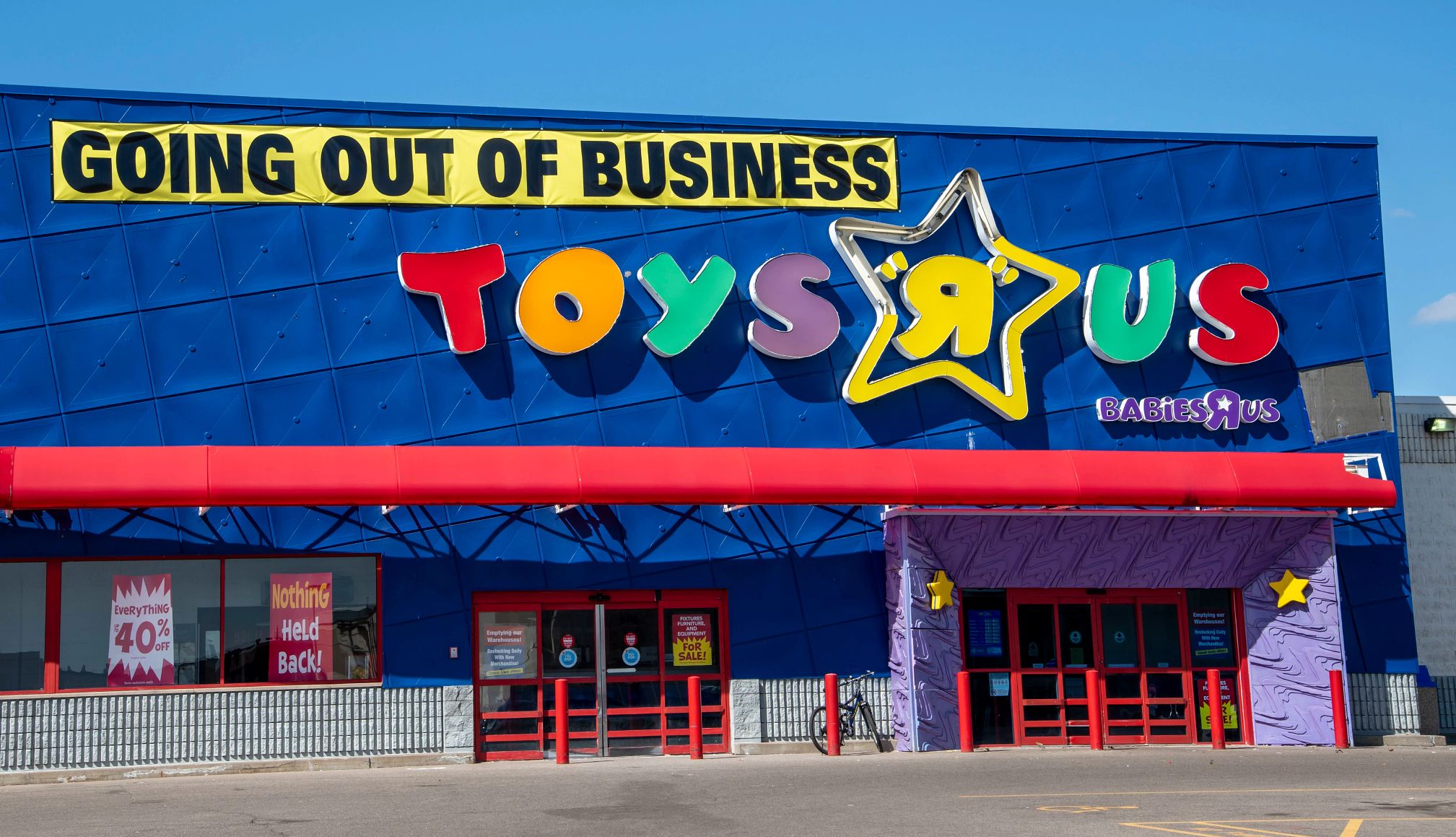
Many of us love a good shopping spree, but where, when and how we do it may be unrecognizable to our younger selves.
The thrill of eating at a department store lunch counter has been replaced by the excitement of an Amazon package arriving at our front door. Instead of browsing titles at a video rental store, we’re binging shows on streaming sites and scrolling through social media. Also gone are the days of perusing record shop bins for vinyl. Many of us even get our groceries delivered nowadays, instead of shopping at the supermarket.
The result of these changes: Countless once-beloved retailers have disappeared, while others are struggling to hang on.
Here we offer a trip down retail’s memory lane.
A&P

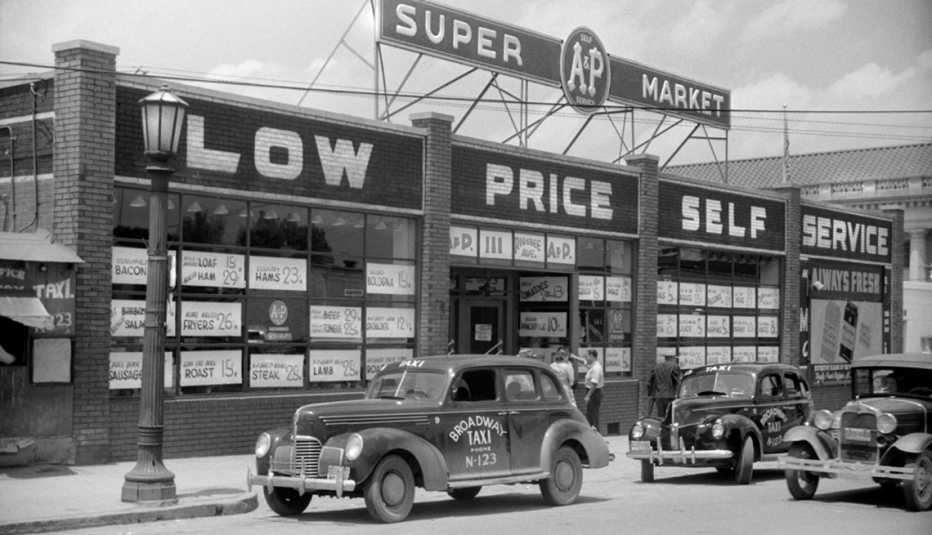
Established: 1859
What happened: The Great Atlantic & Pacific Tea Company — or A&P, for short — helped shape the modern-day supermarket. It offered a wider selection of groceries at typically lower prices than the mom-and-pop grocery stores of the early 20th century. By the 1930s, it had become the world's largest grocery store chain, with nearly 16,000 locations. But it couldn't stay on top forever. The likes of Walmart and Aldi slowly ate into the market share for low-cost grocers. A&P filed for bankruptcy in 2010 and again in 2015, before closing all its stores.
Current status: Shuttered.
Big Lots

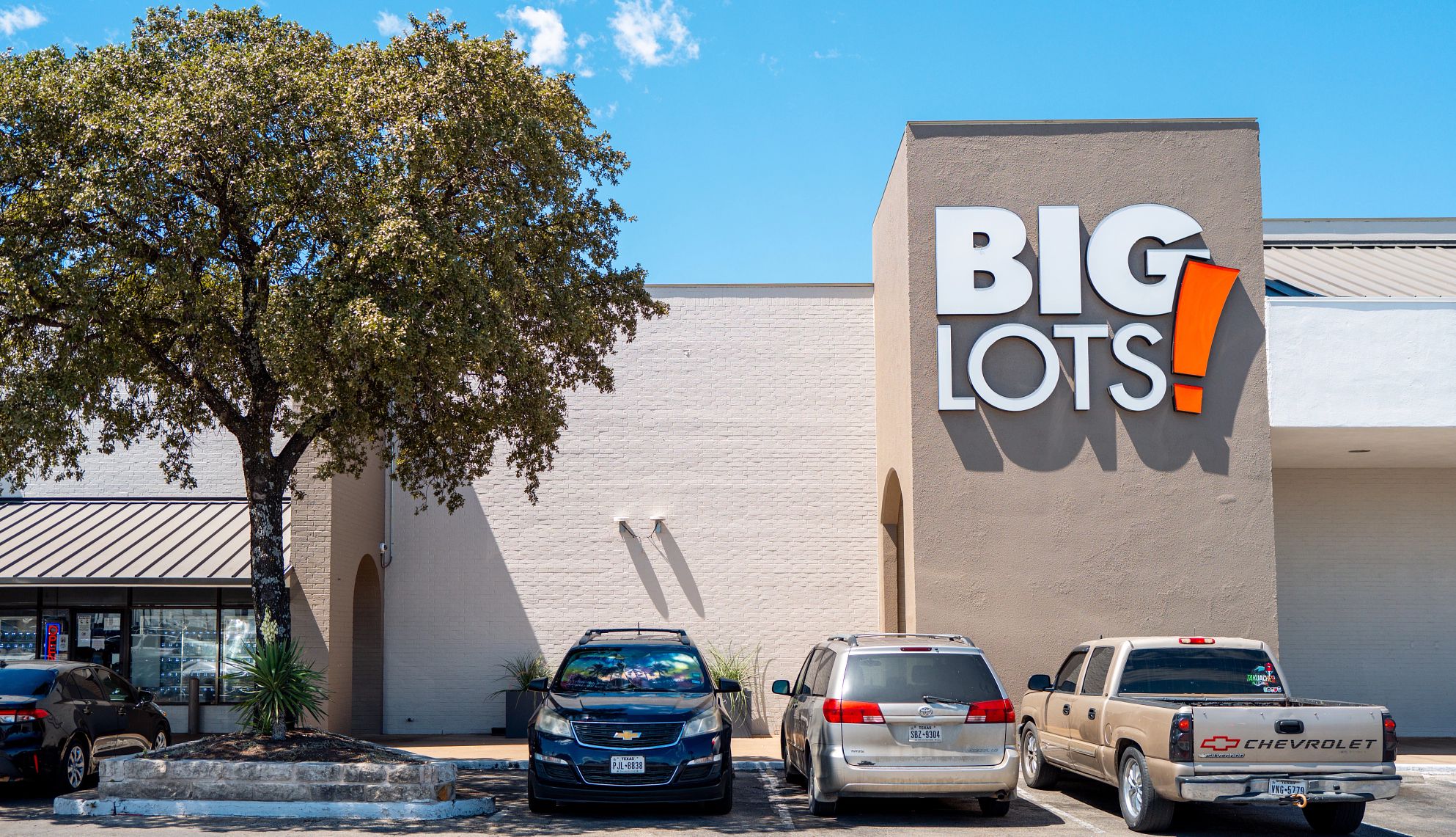
Established: 1967
What happened: What began as a seller of closeout deals for auto parts evolved into one of the largest discount retailers in the country, offering everything from patio furniture to cleaning supplies to sofas. The company prided itself on providing a “treasure-hunt atmosphere” that offered surprise and delight. Yet, shoppers were in for one of the biggest surprises in September 2024 when Big Lots filed for Chapter 11 bankruptcy.
Current status: The company is shuttering hundreds of stores nationwide, offering discounts up to 40 percent off. But its final chapter is still being written, with more updates to come, the company says.
Blockbuster

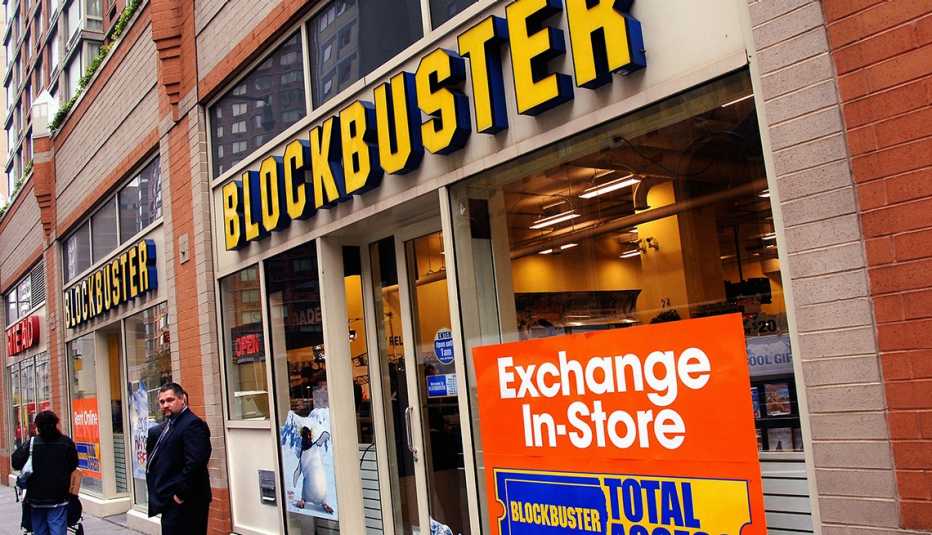
Established: 1985
What happened: In the 1990s and early 2000s, Blockbuster was the go-to place on Friday nights. You’d roam the fluorescent-lit aisles, hoping to nab a rental of the latest hit film. The video rental chain swelled to around 9,100 stores in 2004, crushing mom-and-pop video rental shops as it expanded across the U.S. and overseas. Yet it didn’t keep pace with industry changes. Netflix came on the scene in 1997 as a DVD-by-mail rental service, which took Blockbuster five years to replicate. Then Netflix moved on to streaming, and Blockbuster buckled. It filed for bankruptcy in 2010 and officially shut down in 2014.
Current status: Previously owned by DISH Network Corp., Blockbuster LLC became part of EchoStar Corp. when it acquired DISH in 2024. Blockbuster.com now directs visitors to EchoStar’s streaming service, Sling TV.
Miss the experience of shopping at Blockbuster? One store remains in Bend, Oregon. It operates independently and is not a part of Blockbuster LLC, but it’s stocked with new video releases — including the mega-hit Wicked — and sells Blockbuster-logoed merchandise like shirts and socks, according to its website.
Borders


Established: 1971
What happened: Along with Barnes & Noble, Borders brought us the world of big-box book retailers. It crushed independent bookshops with its megastores, until it got crushed itself by an even bigger bookseller: the internet. Borders failed to adapt its business strategy with the rise of e-book readers and online shopping. (Barnes & Noble was quicker to work on developing its website and its own e-reader, the Nook, and so far has survived.) Borders declared bankruptcy and was forced to liquidate in 2011.
Current status: End of story. (Perhaps Borders executives should have read How to Stay in Business.)
Fotomat


Established: 1965
What happened: Fotomat's business empire seemed picture-perfect in the '70s. Customers enjoyed the efficiency of dropping off their film for overnight development at the company’s pyramid-shaped, golden-hutted kiosks. But one-hour photo processing and digital photography reduced demand for the drive-through developer. By 1990 only about 800 Fotomat huts remained, down from a peak of 4,000. The company officially closed in 2009.
Current status: A faded memory in a world of selfies, digital filters and cloud photo storage.
Gadzooks


Established: 1983
What happened: A top stop for teenage mall rats of the '80s and '90s, Gadzooks was a popular supplier of the era's fashion trends, including Doc Martens footwear, baggy JNCO pants and No Fear T-shirts. But as years passed, consumer tastes changed and the store fell out of style. The retailer filed for bankruptcy in 2004 and, in 2005, was acquired by Forever 21, which absorbed its inventory and shut down its stores.
Current status: Defunct
































































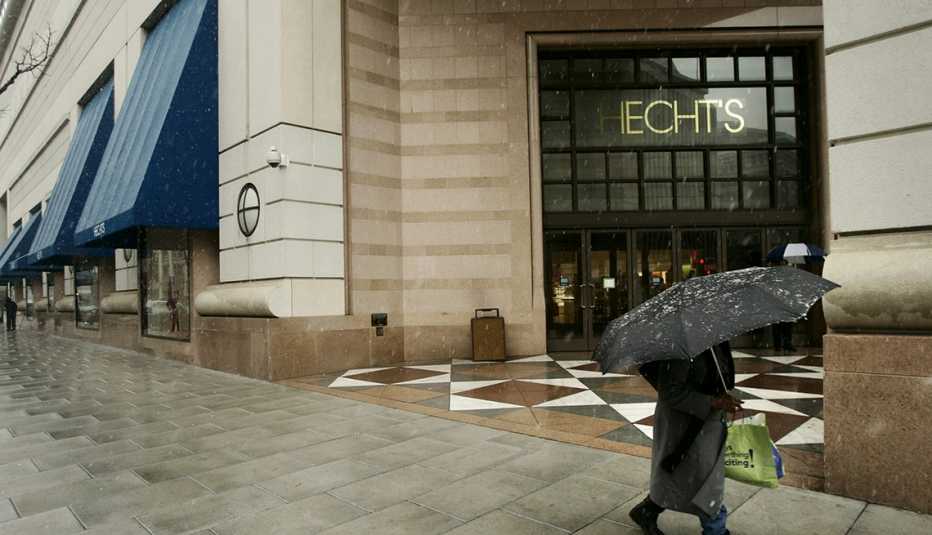
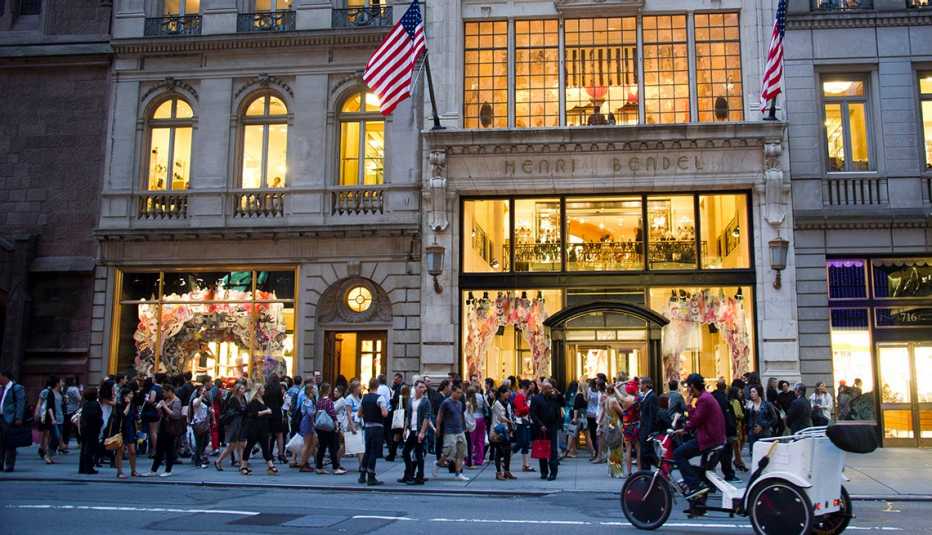









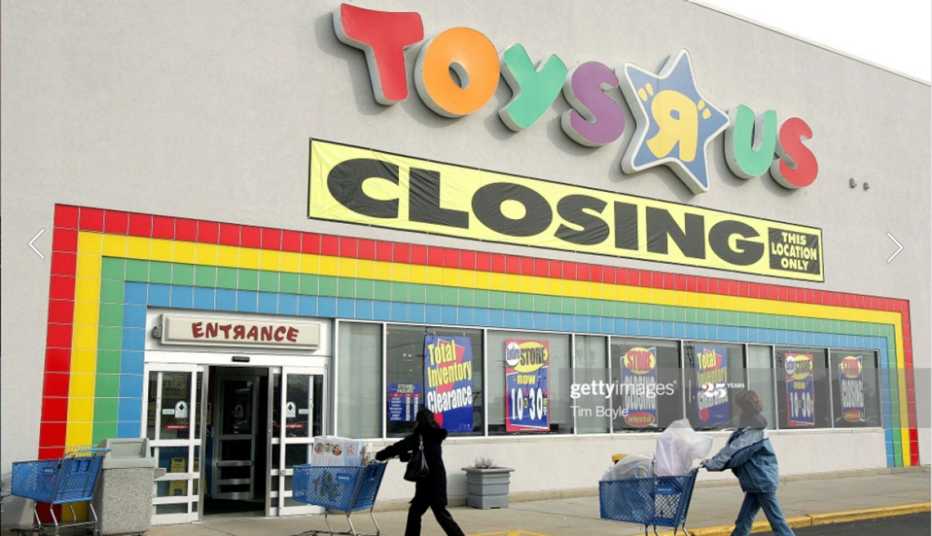
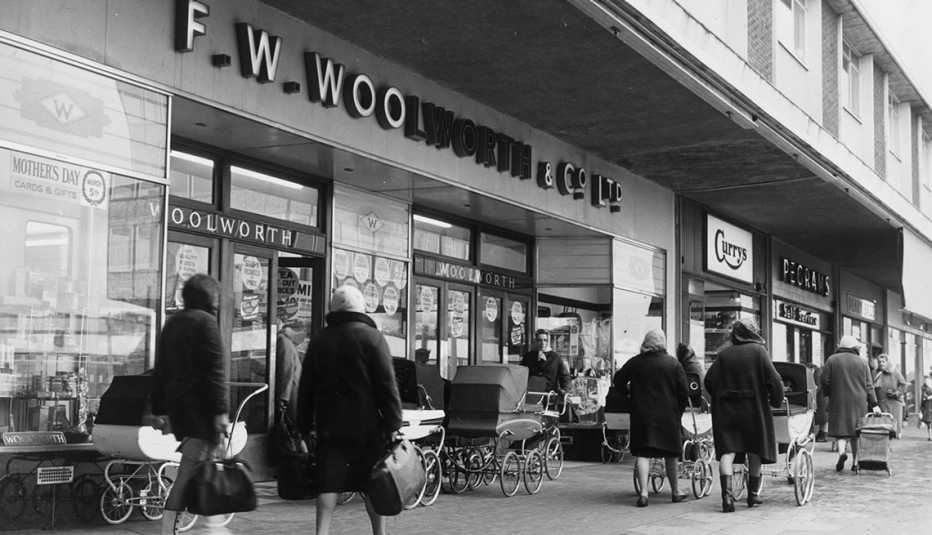
More From AARP
25 Great Ways to Save at Warehouse Clubs
Learn how to make the most of a Costco, Sam’s Club or BJ’s Wholesale Club membership
These Retailers Closed Thousands of Stores in 2024
We said goodbye to pharmacies, convenience stores and discounters
Amazon Prime vs. Walmart Plus: How Do These Rival Memberships Compare?
A side-by-side look at their costs, shopping benefits and perks